
A Bright Future Ahead
Portable Spectral Services Announces Exciting Management Transition
Modular daisies are a children’s toy designed to aid in teaching counting, creating patterns and shapes, as well as recognising and sorting colours. It is suitable for children usually between the ages of three and five.
This set originally included forty four daisies and a threading lace. It currently has nine yellow, eleven red and nineteen blue daisies with the threading lace.
A single daisy is circular, measuring 43mm from petal to petal with a 4mm depth.

The handheld Bruker S1 TITAN 800 XRF was used. The XRF was placed into its stand and each daisy was run for 60 seconds on the ROHS Plastics calibration mode. A Teflon blank standard and a green plastic standard was run before and after the testing of the daisies. Each daisy was then labelled in order.
The daisies were tested a second time. Before scanning they were cleaned with isopropyl alcohol and a cotton wool bud. After being cleaned and left to dry, the daisies were run in the same conditions as the initial testing.
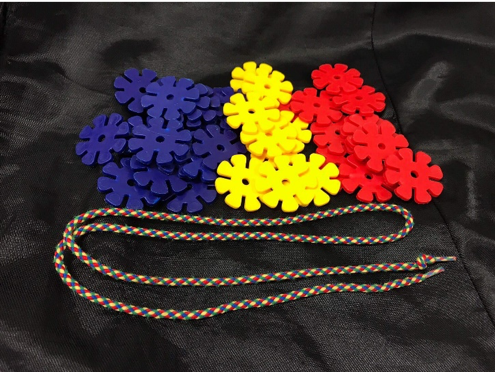
Overall the results were somewhat surprising. It is likely that the pigment in the colours influenced created large variation. The variation was seen between colours, not within them. That is, from red to yellow there was a large variation, but from red to red there was minimal.
In the blue daisies copper was most notably found.
Interestingly the daisies eight, twelve, thirteen, fourteen contained titanium. This was result was produced in both tests. It is unknown why titanium was found in only four out of the nineteen blue daisies.

Spectra 1: Overlay of red daisy ten, yellow daisy five, blue daisy six (light blue) and blue daisy eight (dark blue).

Spectra 2: Overlay of daisy six (light blue) with daisy eight (dark blue)
In the red daisies calcium, chromium and lead were most notably found.
The calcium in the red influenced the decision to clean the daisies and rerun the test. This was decided as it was a child’s toy, and residue from a spill was likely. This did not impact the spectra, and proved reproducibility of the test as previous spectra aligned well
In the yellow daisies barium, chromium, lead were most notably found.

Spectra 3: Red daisy ten
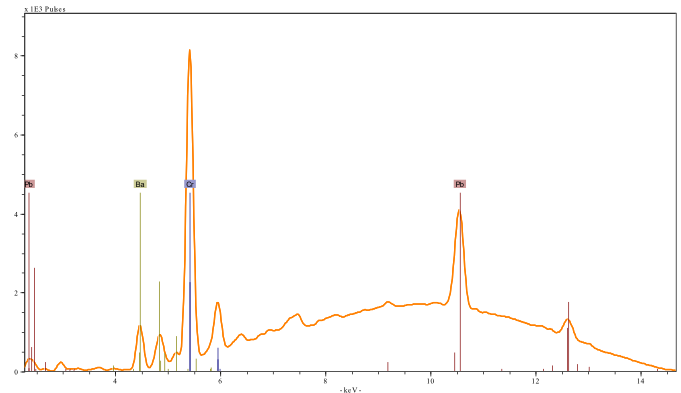
Spectra 4: Yellow daisy five

Portable Spectral Services Announces Exciting Management Transition
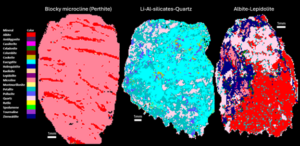
Our tool introduces uXRF (micro-X-ray fluorescence) scanning technology to RC chip analysis, enabling rapid, non-destructive, and quantitative analysis of major, minor, and trace mineral phases.

Automated micro-X-ray fluorescence (micro XRF) technology emerges as a powerful tool to rapidly and accurately capture the mineralogy of rock chip, RC and AC samples.

Findings of an ongoing regional evaluation study over concealed Proterozoic lithologies known to host magmatic nickel sulphides with potential to host other base-metal, gold and rare earth elements (“REE”) systems within the Fraser Range, Western Australia.
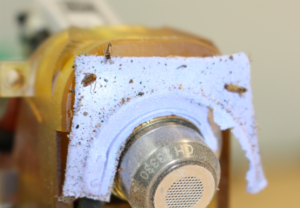
Findings of an ongoing regional evaluation study over concealed Proterozoic lithologies known to host magmatic nickel sulphides with potential to host other base-metal, gold and rare earth elements (“REE”) systems within the Fraser Range, Western Australia.
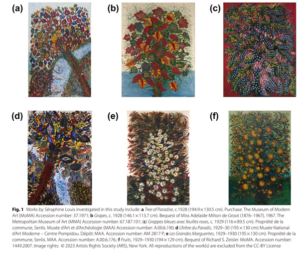
Findings of an ongoing regional evaluation study over concealed Proterozoic lithologies known to host magmatic nickel sulphides with potential to host other base-metal, gold and rare earth elements (“REE”) systems within the Fraser Range, Western Australia.
